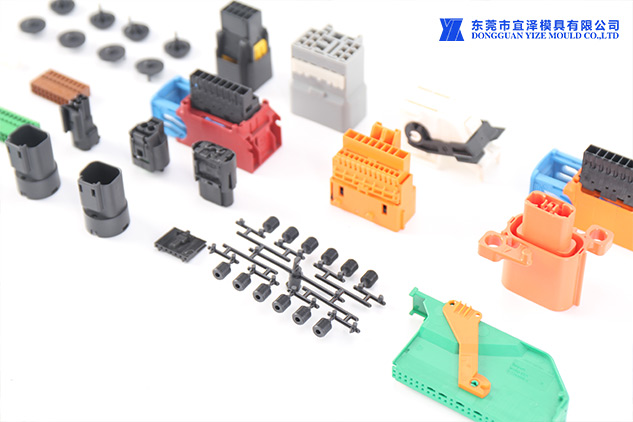What are engineering plastic injection molding parts materials and ordinary plastics?
Engineering plastics mainly include (Polycarbonate, PC), (Nylon, Polyamide, PA), (Polyacetal, Polyoxy Methylene, POM), (Polyphenylene Oxide, PPO), polyester (PET, PBT), (Polyphenylene Sulfide, PPS), Aryl esters, etc.
General-purpose plastics mainly include polyethylene, polypropylene, polyvinyl chloride, polystyrene, ABS (acrylic acid-butadiene-styrene), polymethyl methacrylate and amino plastics, etc., and their output accounts for 30% of the total plastic output. More than 90%, so it is also called a bulk plastic variety.

The performance characteristics of engineering plastic injection molding parts are mainly:
(1) Compared with general-purpose plastics, it has an excellent heat resistance and cold resistance, and has excellent mechanical properties in a wide temperature range, and is suitable for use as structural materials;
(2) Good corrosion resistance, less affected by the environment, and good durability;
(3) Compared with metal materials, it is easy to process, has high production efficiency, and can simplify procedures and save costs;
(4) Good dimensional stability and electrical insulation;
(5) Light weight, high specific strength, and outstanding anti-friction and wear resistance.
General-purpose plastic injection molding parts can only be used as general non-structural materials, with large output, relatively low price, and average performance, and are mostly used to make daily necessities (such as: PE, PP, PVC, PS, PMMA, EVA, etc.).
We start from your engineering plastic injection molding parts Projects idea and develop it with you, thus creating what was thought to be impossible.